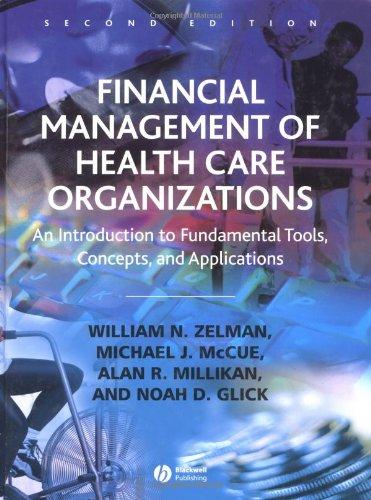Question
Problem 5 5.1 Gordons model of equity valuation assumes k < g. (True / False) 5.2 High P/E multiple may indicate, all else equal: a.
Problem 5
5.1 Gordons model of equity valuation assumes k < g. (True / False)
5.2 High P/E multiple may indicate, all else equal:
a. High growth
b. Low systematic risk
d. Overvaluation
e. Any of the above
5.3 Under Gordons model of equity valuation, the same dividend amount is paid out in perpetuity. (True / False)
5.4 Retention ratio is the percentage of earnings that is paid out as dividends. (True / False)
5.5 Firm X is priced at $10 per share. Expected dividend next year is $1 per share, and the expected stock price next year is $11. Therefore, stock is expected to earn (11 + 1 10)/10 = 20%. This implies that the company has required rate of return that is also 20%. (True / False)
5.6 When ROE < k, increasing _______ should increase the intrinsic value of equity.
a. Retention ratio
b. Dividend payout
c. Dividend growth rate
5.7 Present Value of Growth Opportunities PVGO can never be negative. (True / False)
5.8 Required rate of return on equity can be found from which formula?
a. CAPM
b. Gordons Model
c. ROE
d. Either of the above, depends on what information is provided
5.9 If the company is correctly priced under Gordons model, and changing dividend payout policy does not change stock price, it must be that
a. ROE = k
b. The company is a cash cow
c. PVGO > 0
5.10 Growth in dividends can be represented as sustainable growth rate in Gordons model. (True / False)
Step by Step Solution
There are 3 Steps involved in it
Step: 1

Get Instant Access to Expert-Tailored Solutions
See step-by-step solutions with expert insights and AI powered tools for academic success
Step: 2

Step: 3

Ace Your Homework with AI
Get the answers you need in no time with our AI-driven, step-by-step assistance
Get Started


